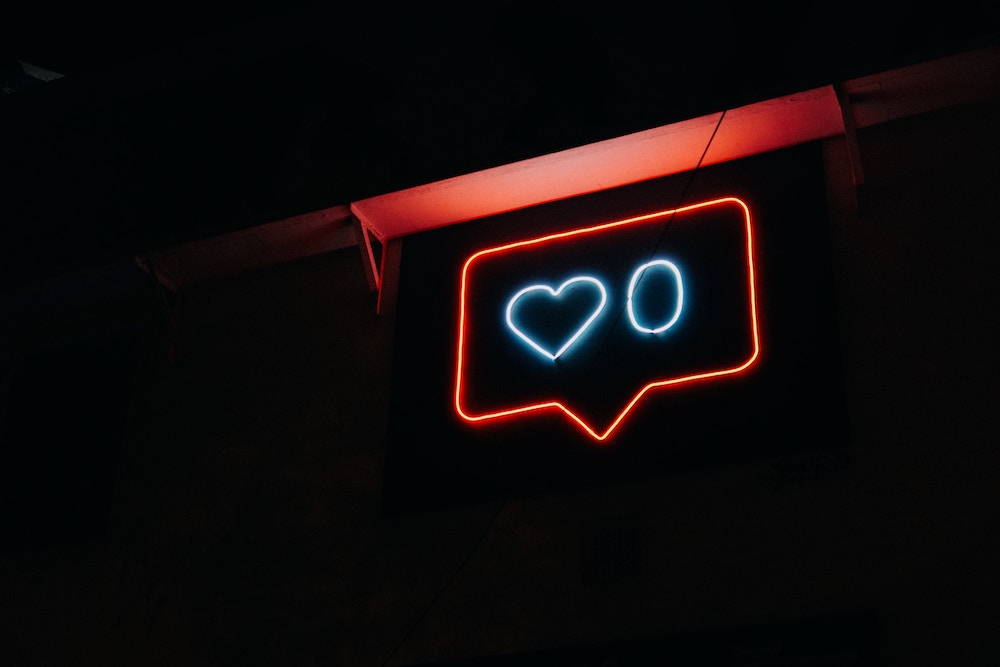I’m not going to start by defining it. You already know what Instapoetry is, and you might even have disdain for it. Often referred to as “fidget-spinner poetry” due to its brevity and its targeting of younger audiences, Instapoetry is frequently dismissed and even insulted by critics. But does Instapoetry have anything to offer—especially for us quick-scrolling younger generations?
Sharing
Probably the most obvious facet of Instapoetry is the first part of the portmanteau: the social media. Many are quick to accuse Instapoets of building brands by sharing their work, but it’s important to note that these poets are constantly putting work out there. One of the hardest parts of being an artist is sharing your work—that initial hump of putting yourself out there and being vulnerable. Instapoets are especially bold (or even masochistic) in that they churn out work and post it for the masses to read, laud, and criticize.
Empowerment
“I’m taking my body back,” a poem from Rupi Kaur’s book Milk and Honey, discusses reclaiming one’s body after sexual assault. This poem makes Kaur vulnerable beyond just putting her work out for others to read. Kaur, the most famous Instapoet, often tackles racial identity and mental health in addition to feminist themes.
As Dr. Eleanor Spencer-Regan points out, “This is a radically democratic method of publishing that is giving opportunities to many women, people of color, members of the LGBTQ+ community, and people who publicly disclose mental illnesses.” In addition to being a direct and publicized medium, Instapoetry is giving rise to a diversity of voices across the platform. Instapoetry has proven to be a forum for bringing past traumas, race, and other important themes to the forefront of social media.
Evolution
Old-school poets are quick to knock this new poetry form, calling it a disgrace and a trend. However, the common form of Instapoetry (especially Kaur’s pieces) channels Greek and Roman epigrams to create terse, emotional, and memorable statements. Social media is the evolutionary ground for that ancient form and makes it available to current audiences.
Furthermore, Instapoets have made poetry more accessible. Formerly more academic and highbrow, poetry is now at the fingertips of our generation. The Gibraltar Magazine characterizes the phenomenon as “a formerly elite type of literature accessible on an entirely new platform, beyond the classroom and the often limiting nature of the Western canon.” Social media’s modern take on poetry gives the medium a fresh feel. The brief modern epigrams cause the scroller to pause, read, and consider the poem before moving on to other orders of business, threading the art form into the daily routines of the readers.
Revival
While poetry has been evolving as a form, its sales have also been growing every year. Booknet Canada reports that “poetry sales increased 79 percent over 2015 and between 2016 and 2017 the units sold increased by another 154 percent.” According to The Guardian, “1.3 [million] volumes of poetry were sold in 2018, adding up to £12.3 [million] in sales, a rise of £1.3 [million] in 2017.” Growth in sales over several years shows that this trend is not an anomaly. No one can deny Instapoetry’s influence on the market in recent years, putting books by Instapoets like r.H. Sin and Gabbie Hanna on prominent shelves.
But Instapoets are not the only ones enjoying a boost in sales. Graphs created by the NPD Group show that from 2013 to 2017, other poets enjoyed an increase in sales of nearly 50 percent. In 2017, poets like Mary Oliver, Pablo Neruda, Emily Dickinson, and Homer were intermingled with Instapoets on poetry’s top-selling list. Instapoetry is something Laura Byager calls “gateway poetry” for younger audiences: it encourages them to branch out beyond the poetry on the screen and explore books by famous traditional poets.
With the resurgence of poetry sales and increasing accessibility, it’s hard to ignore that Instapoetry is earning its stripes. There will always be haters. Rap and hip-hop went through the same growing pains to establish themselves as respectable genres, and maybe one day Instapoetry will take its place as a subgenre through creative use of the digital medium.

